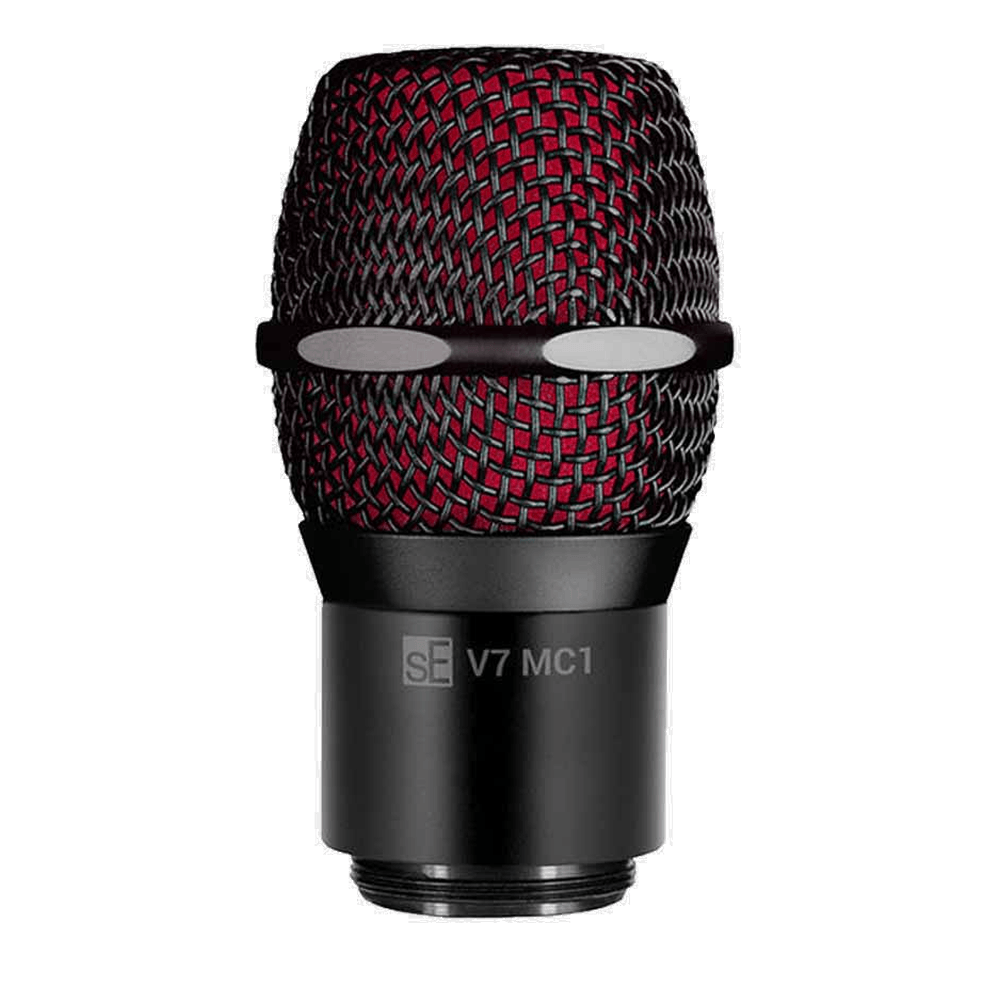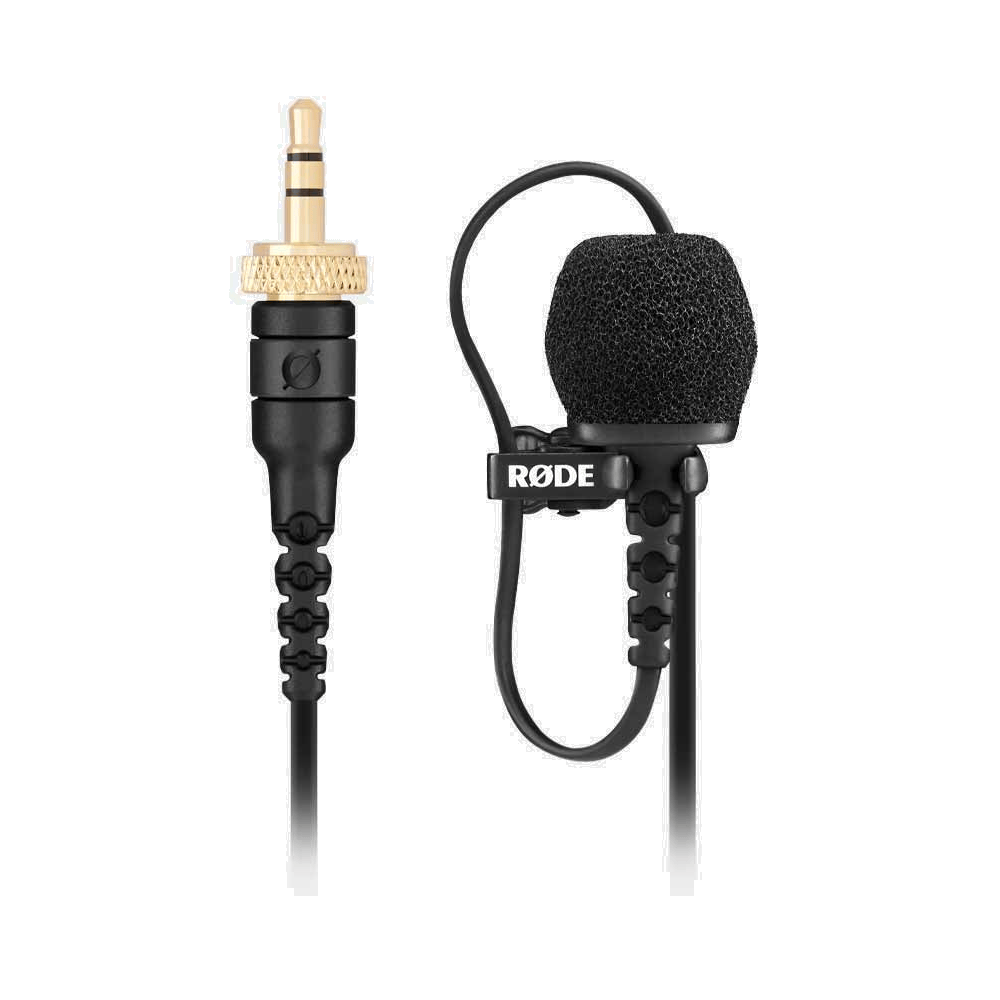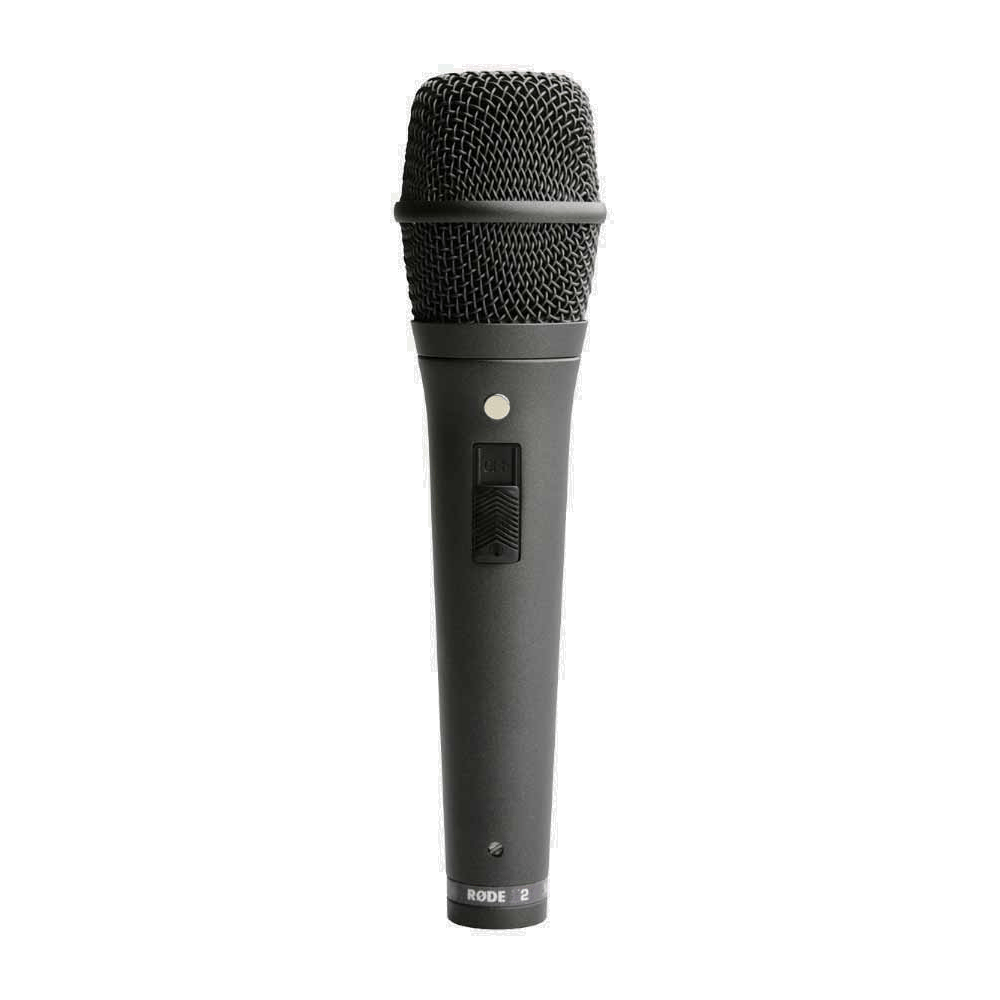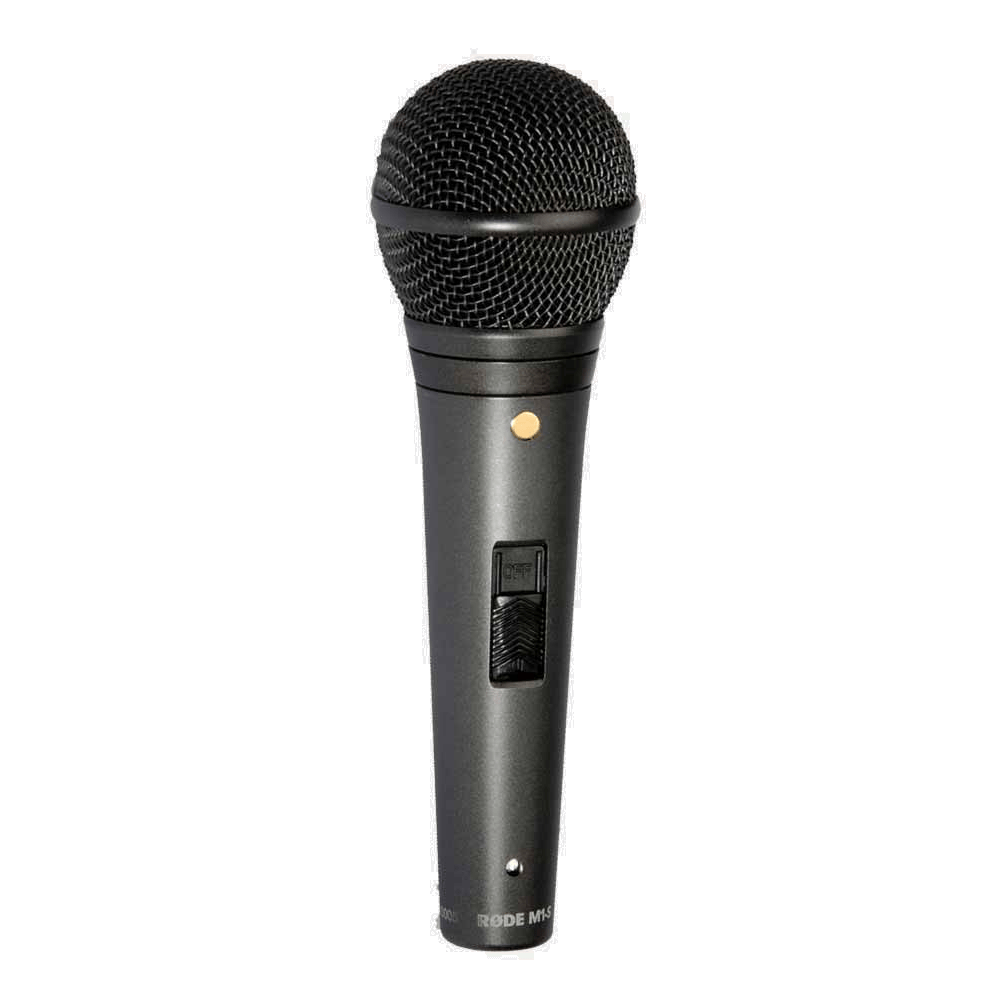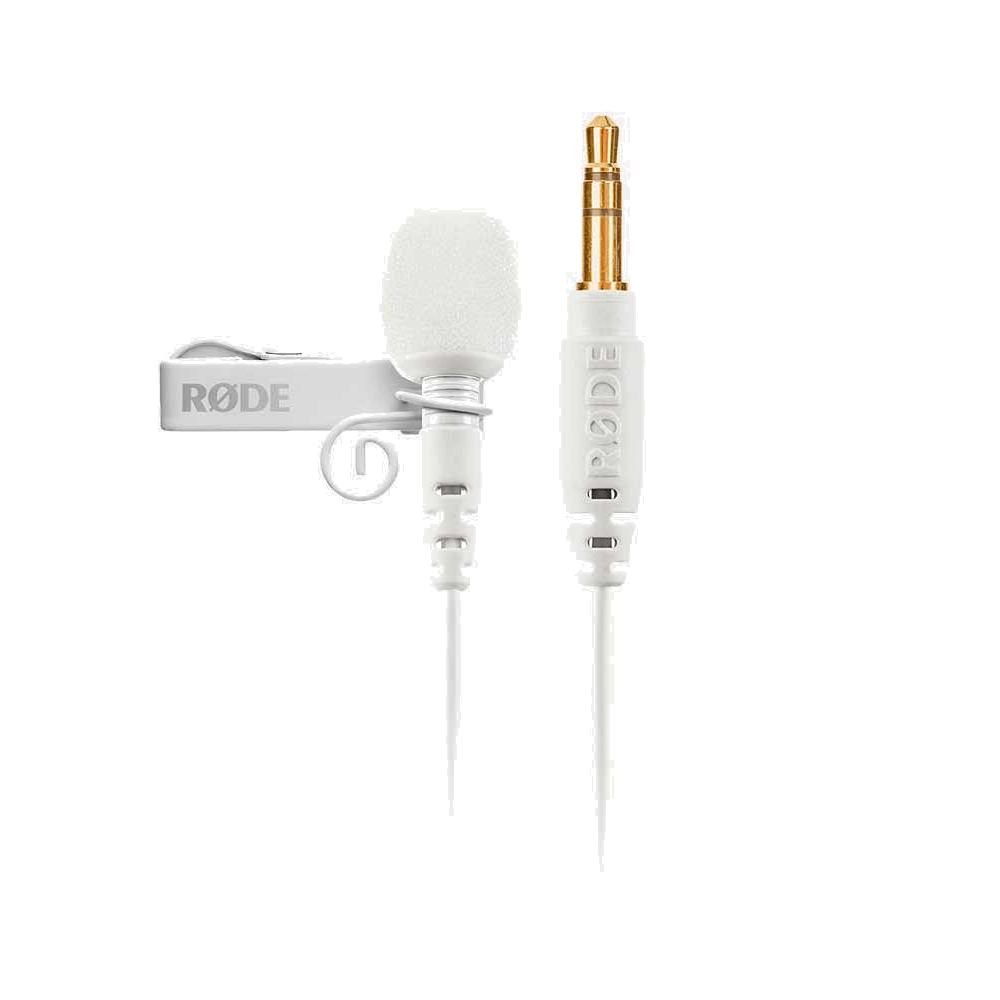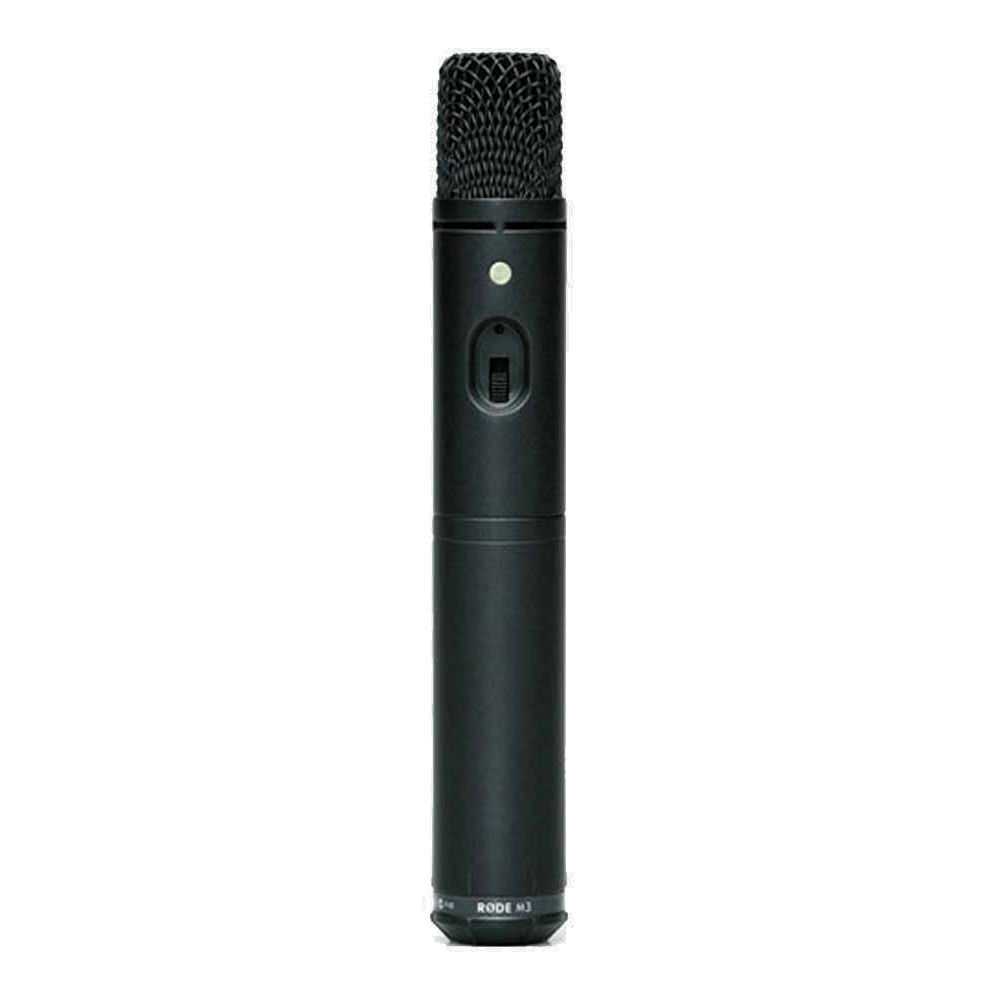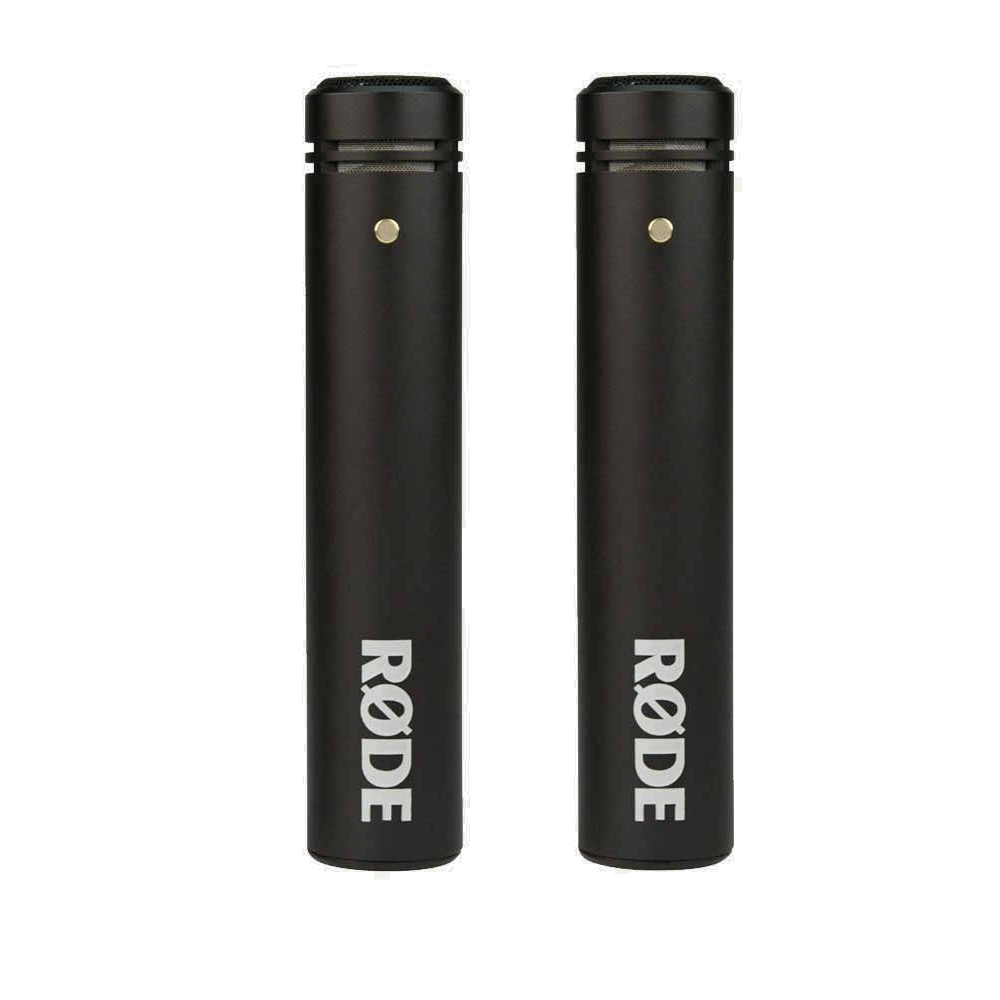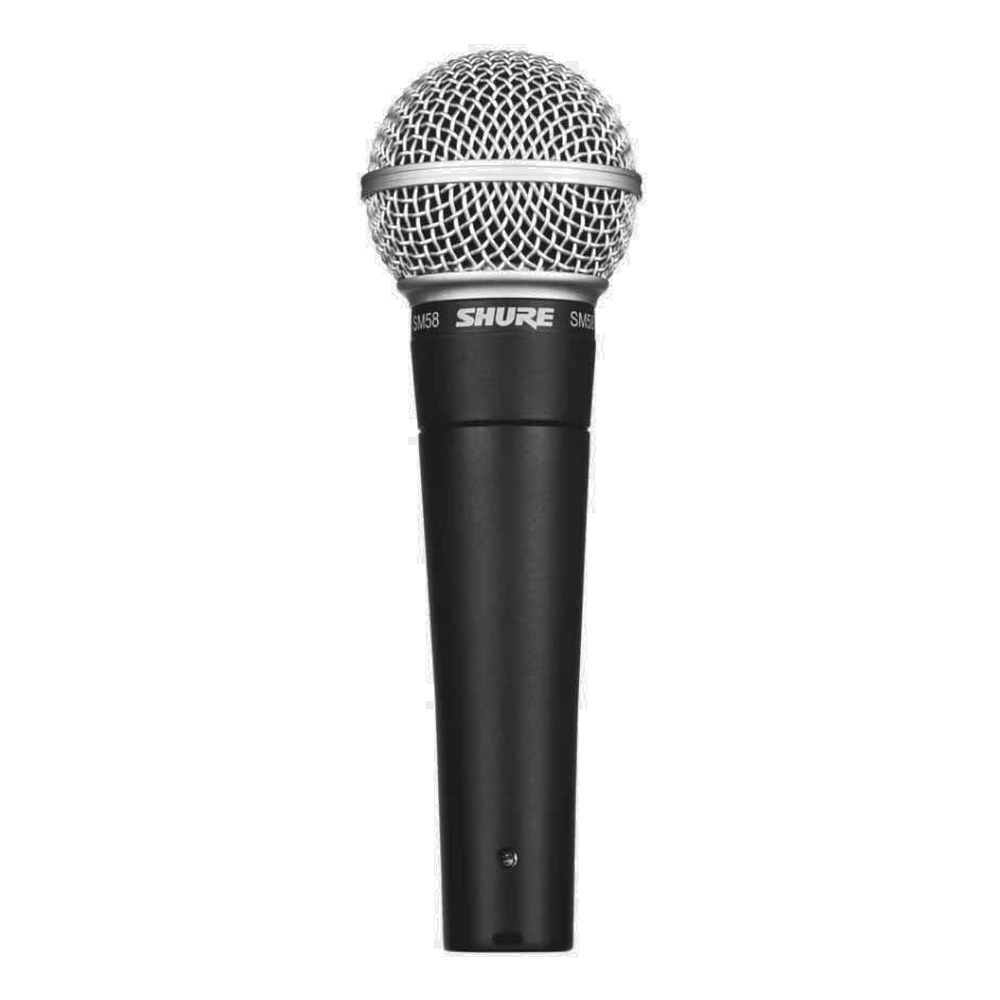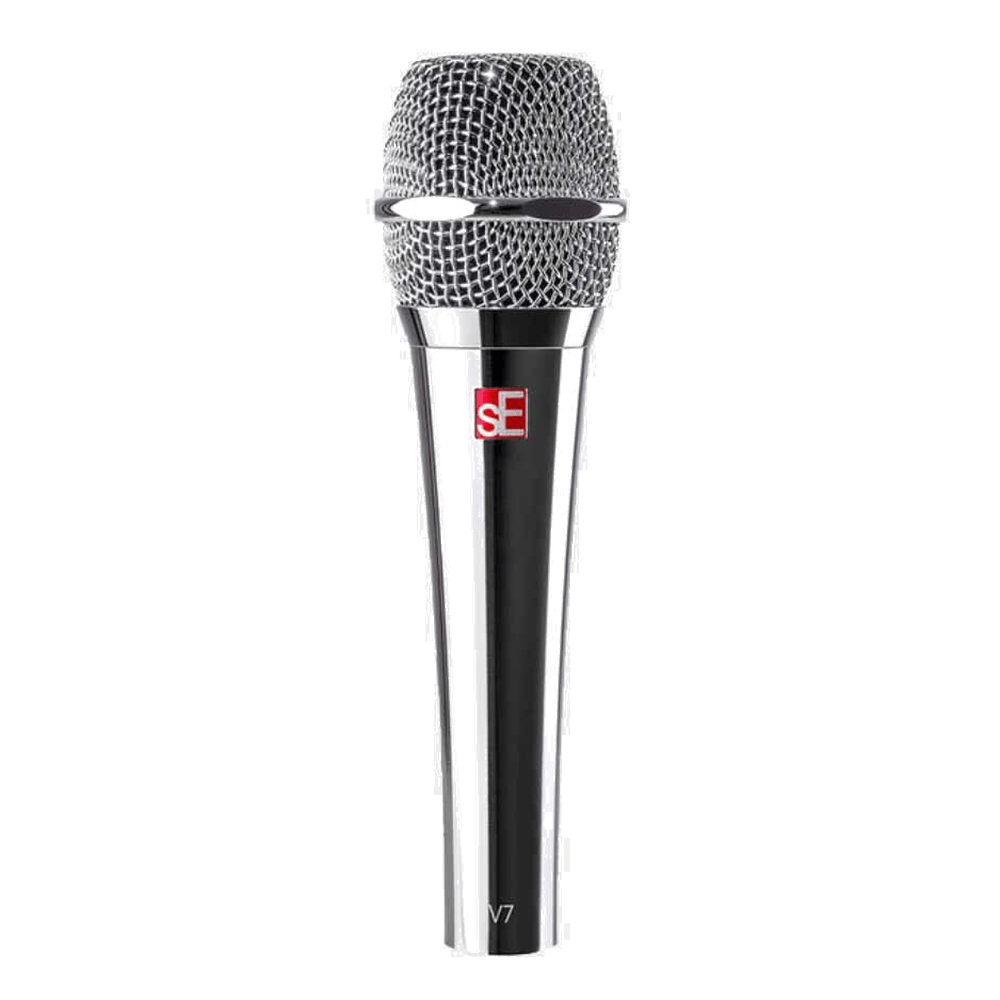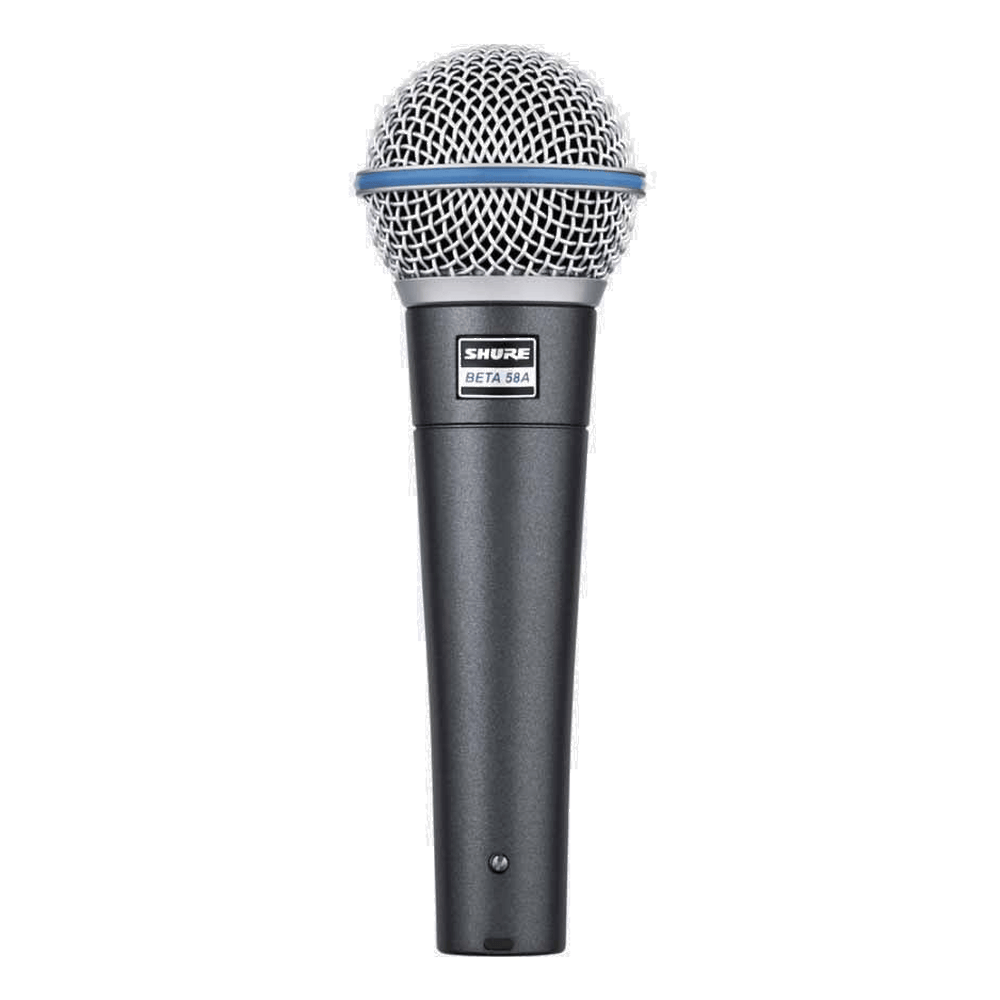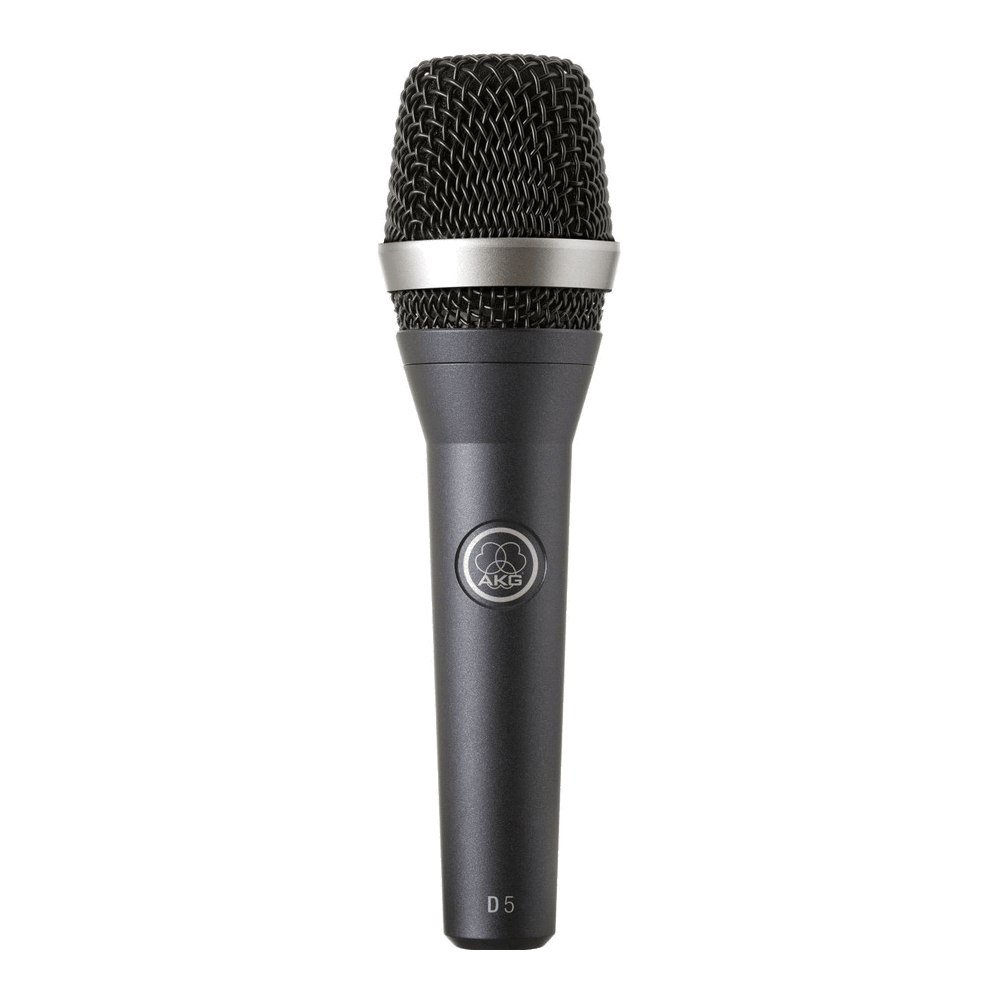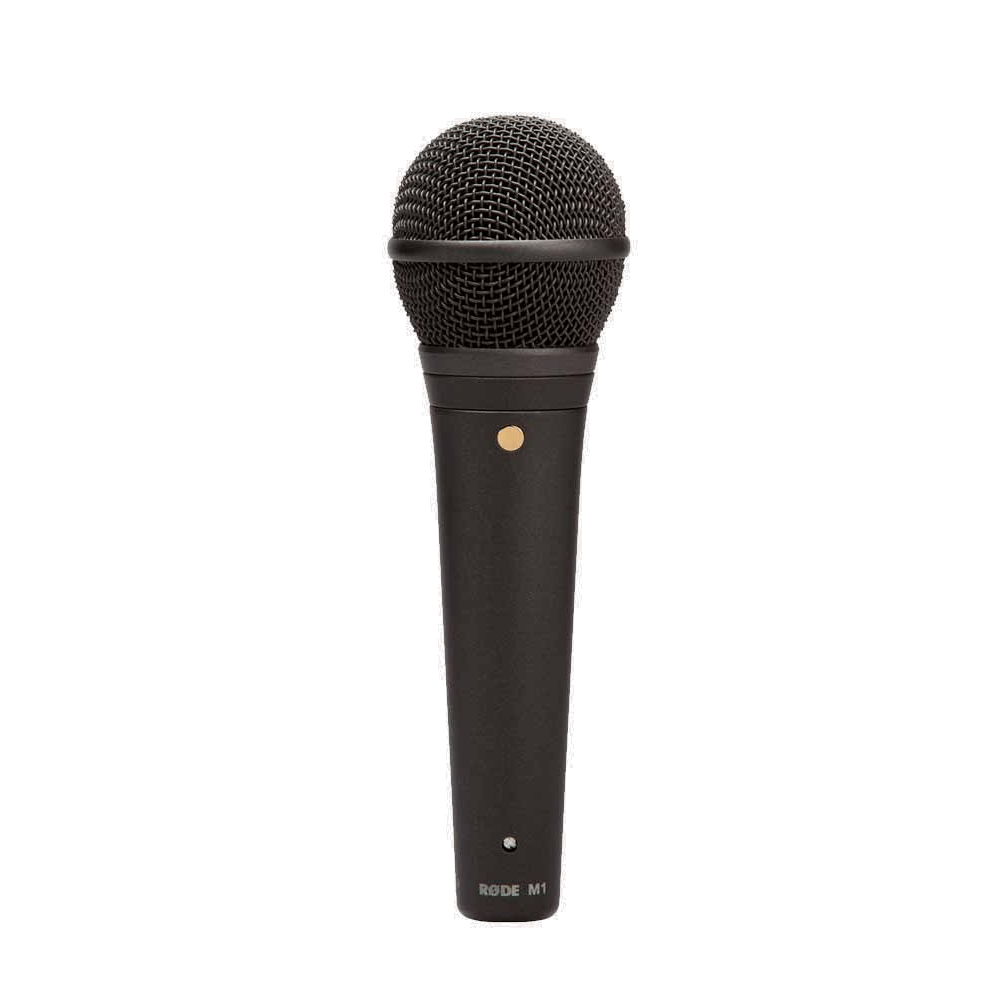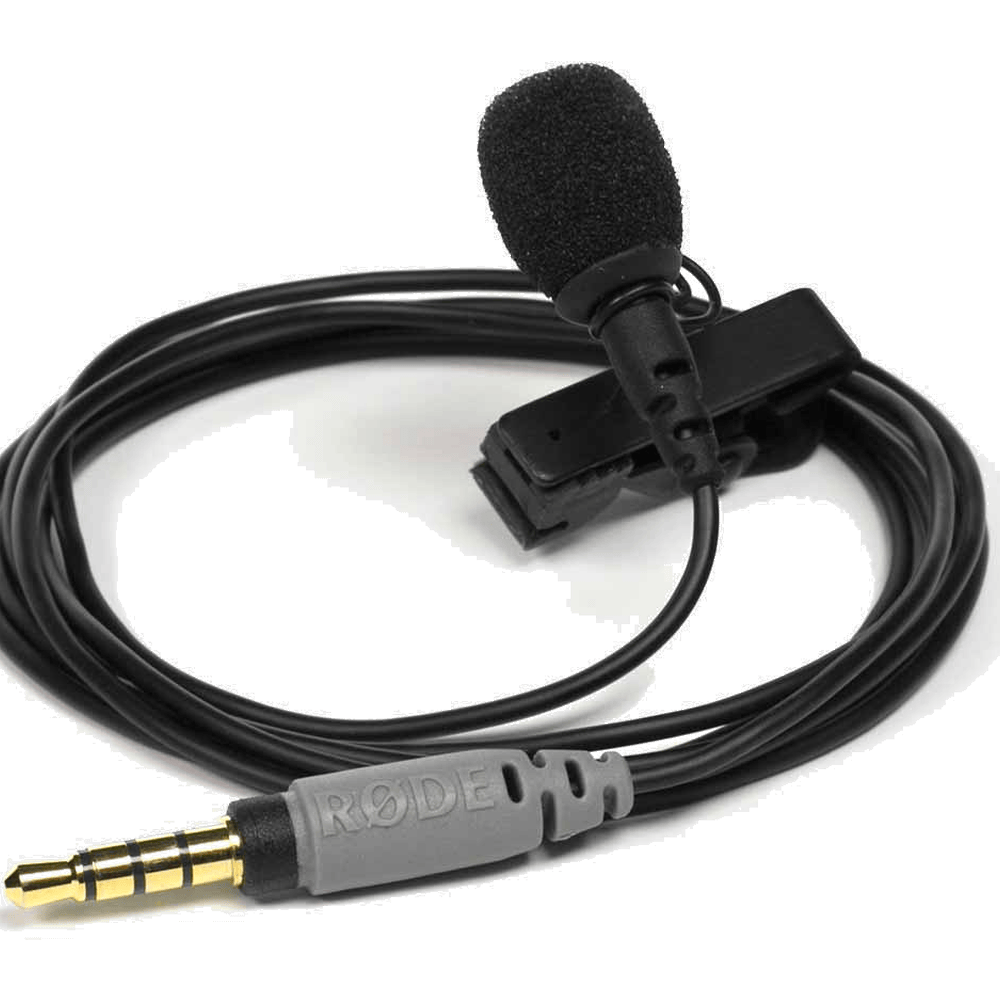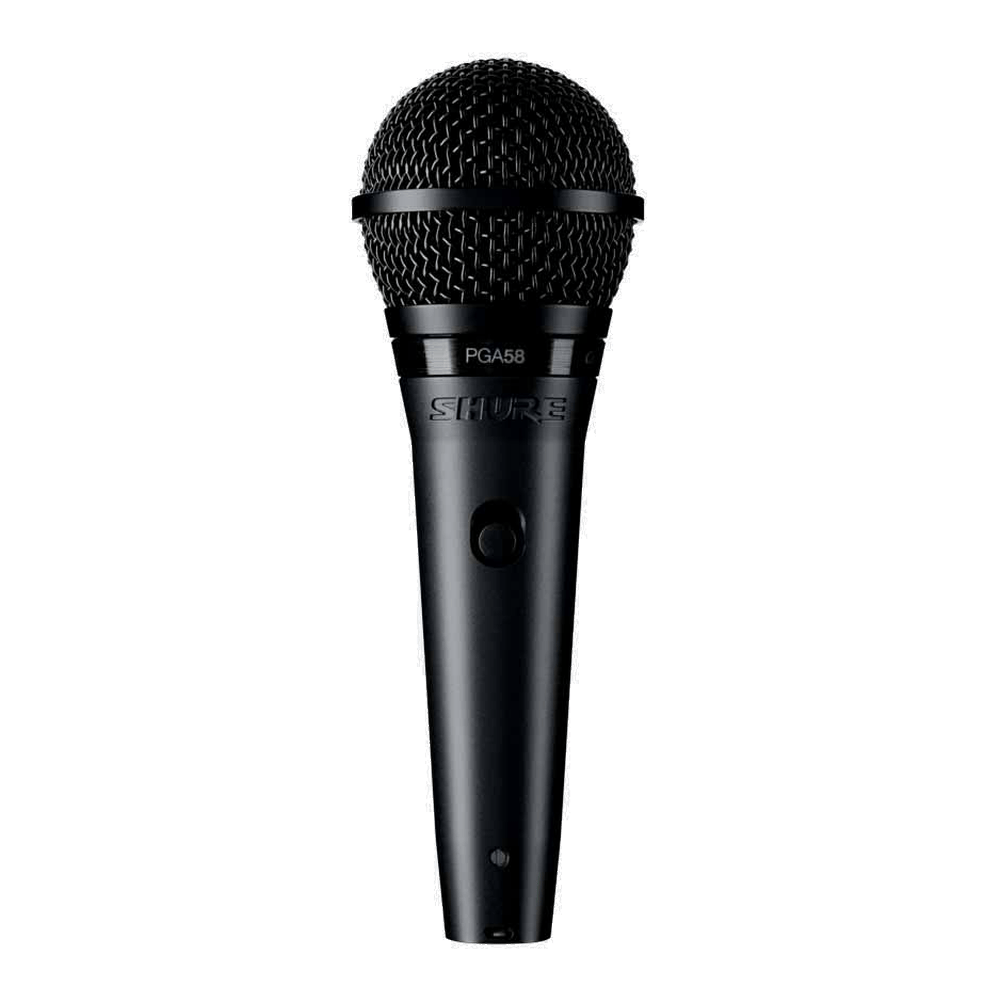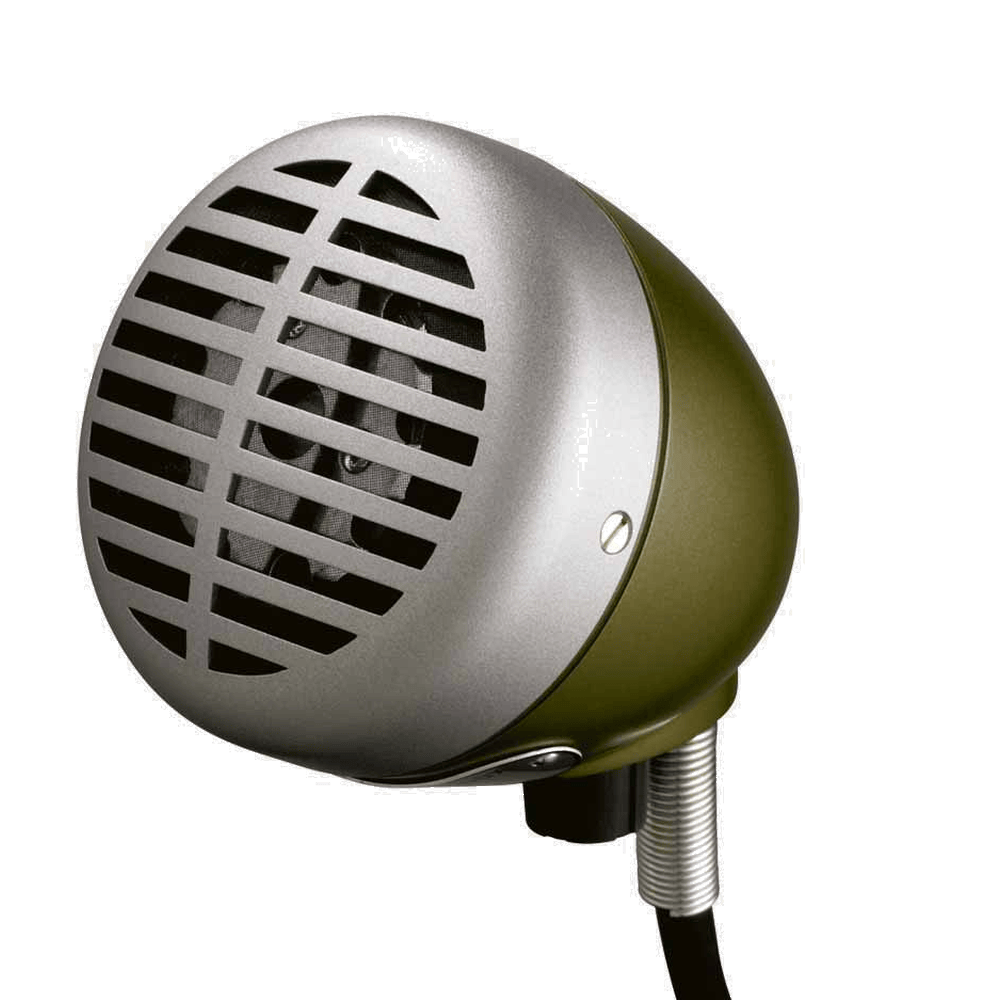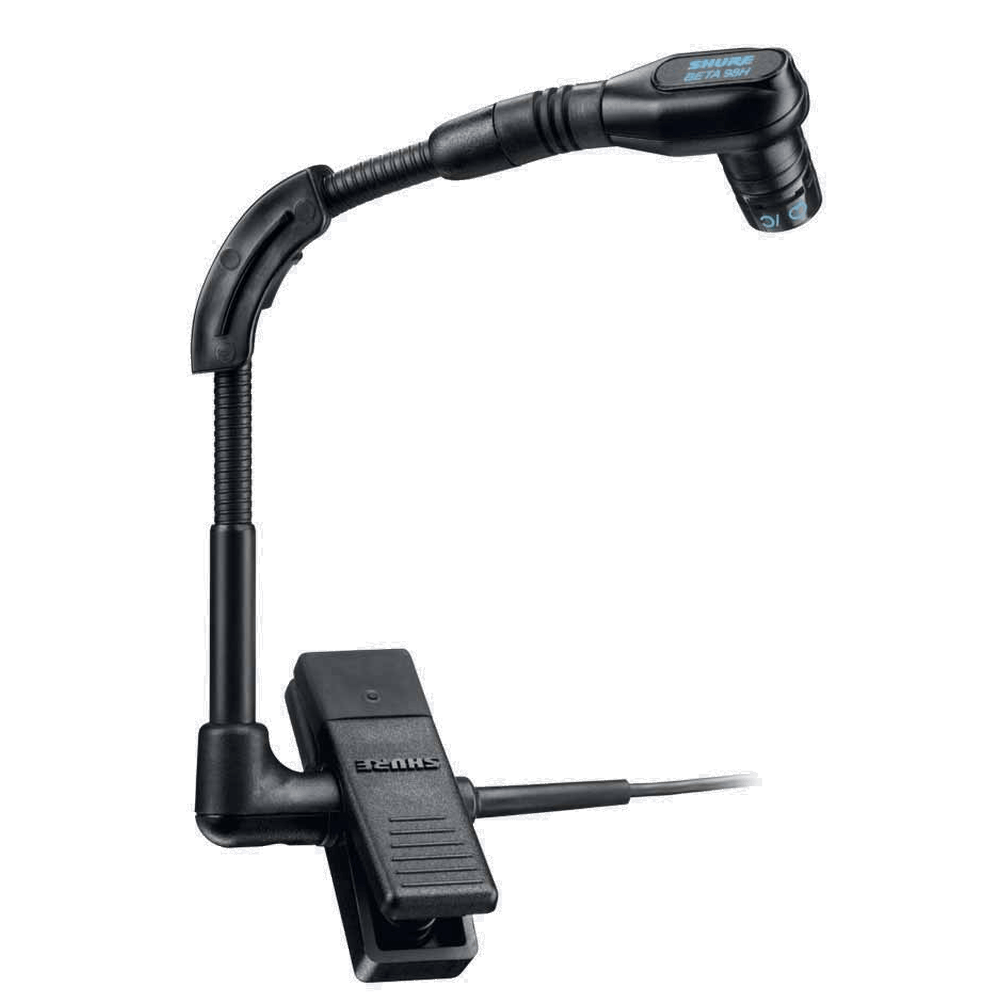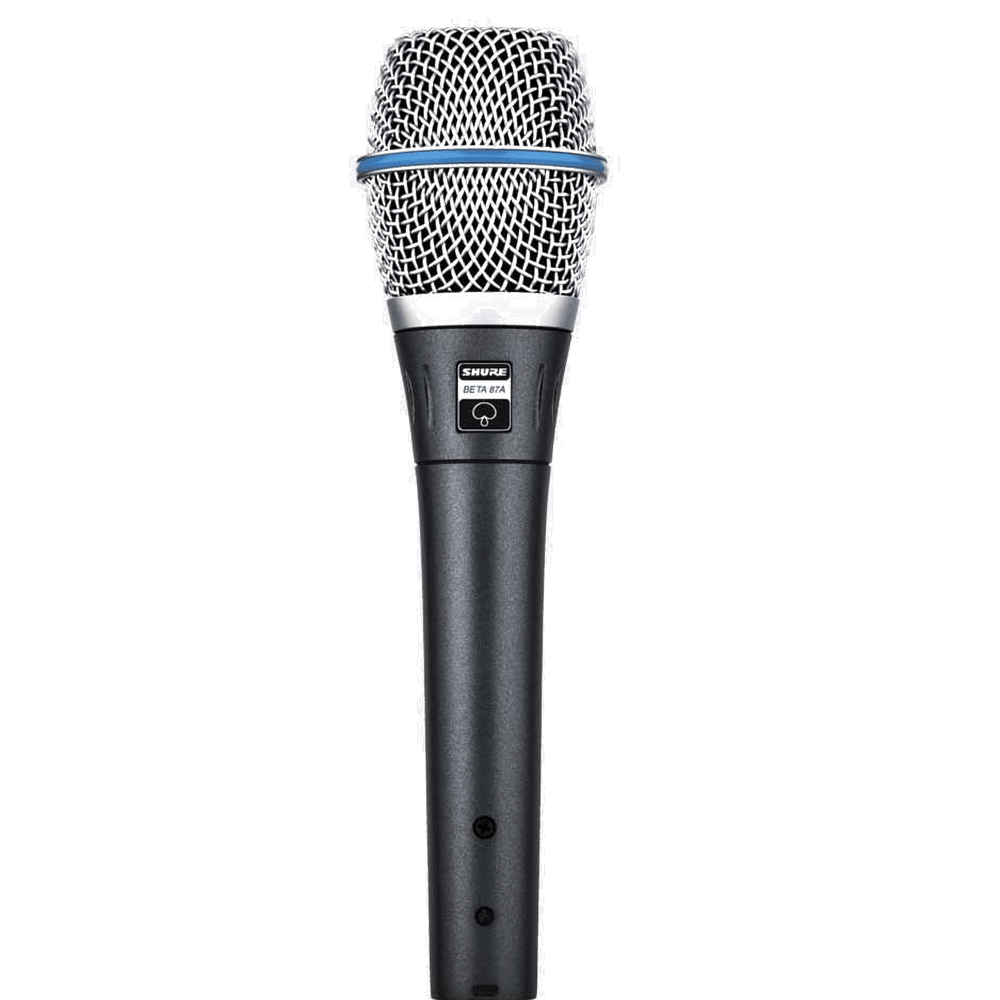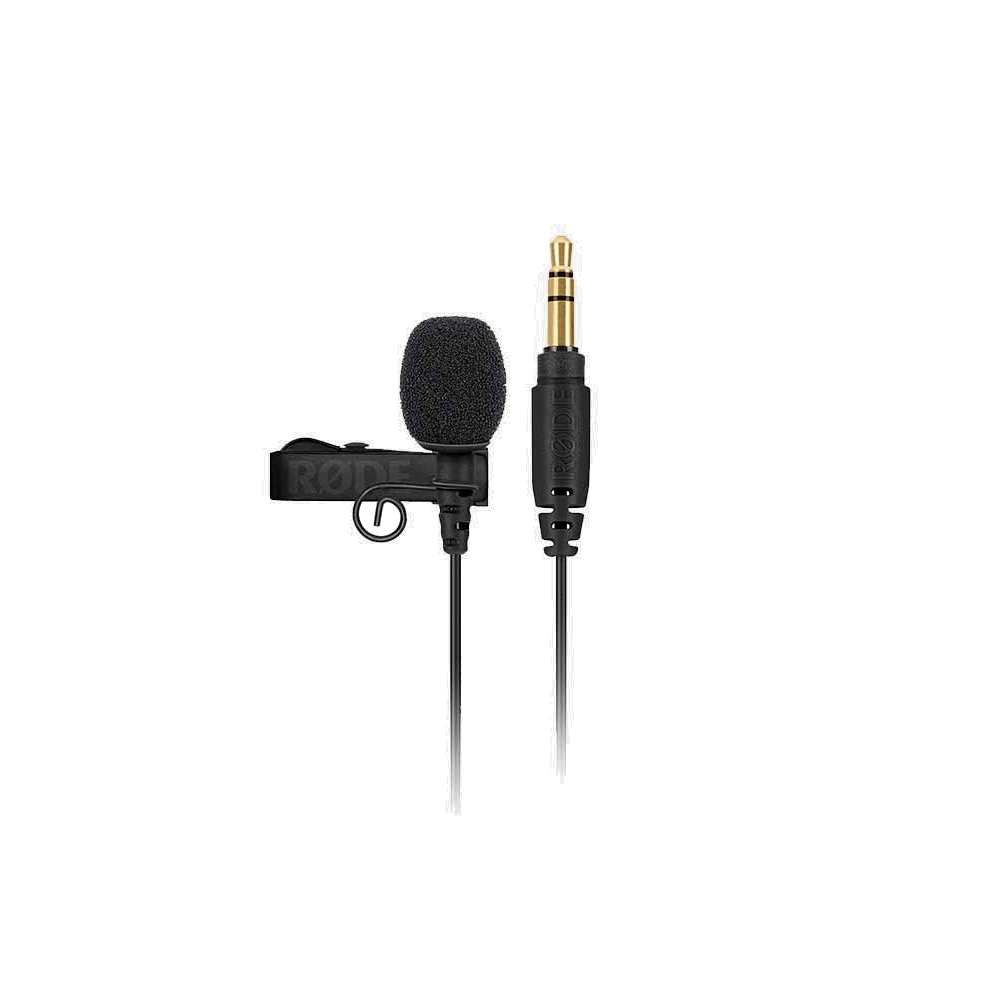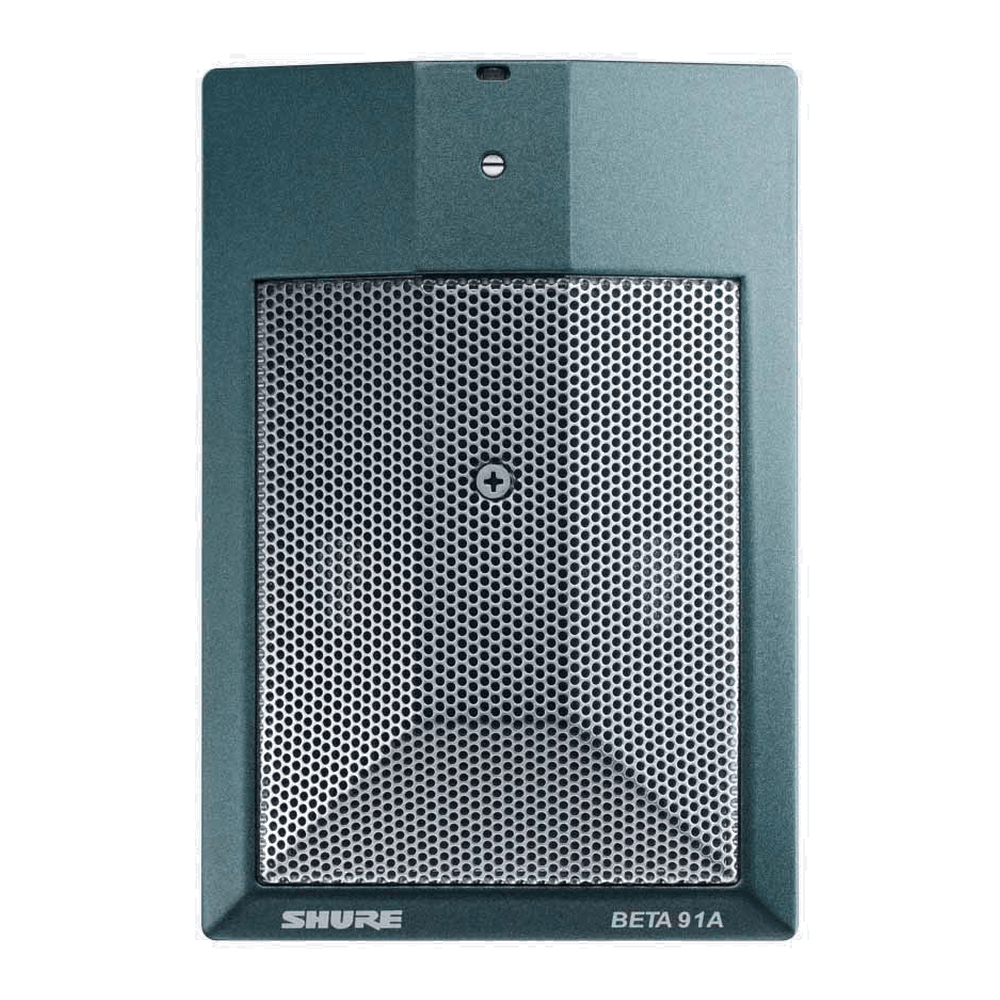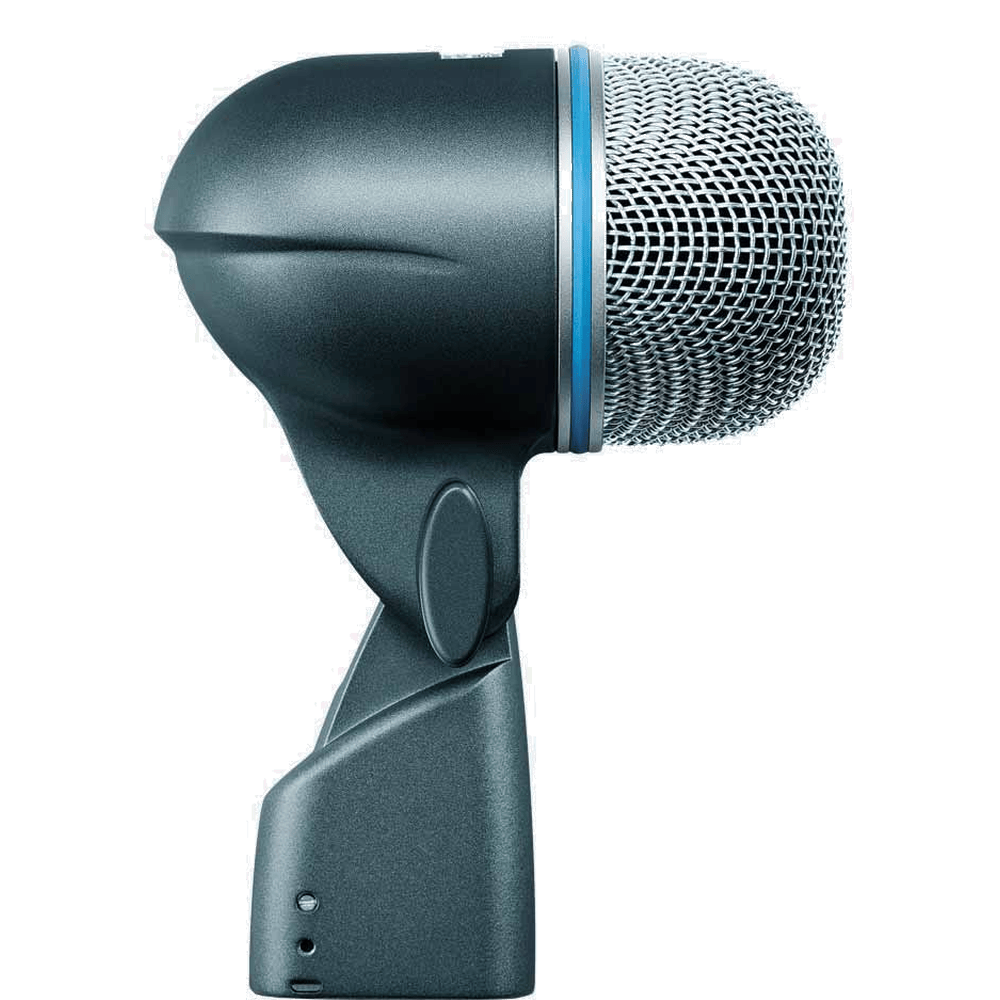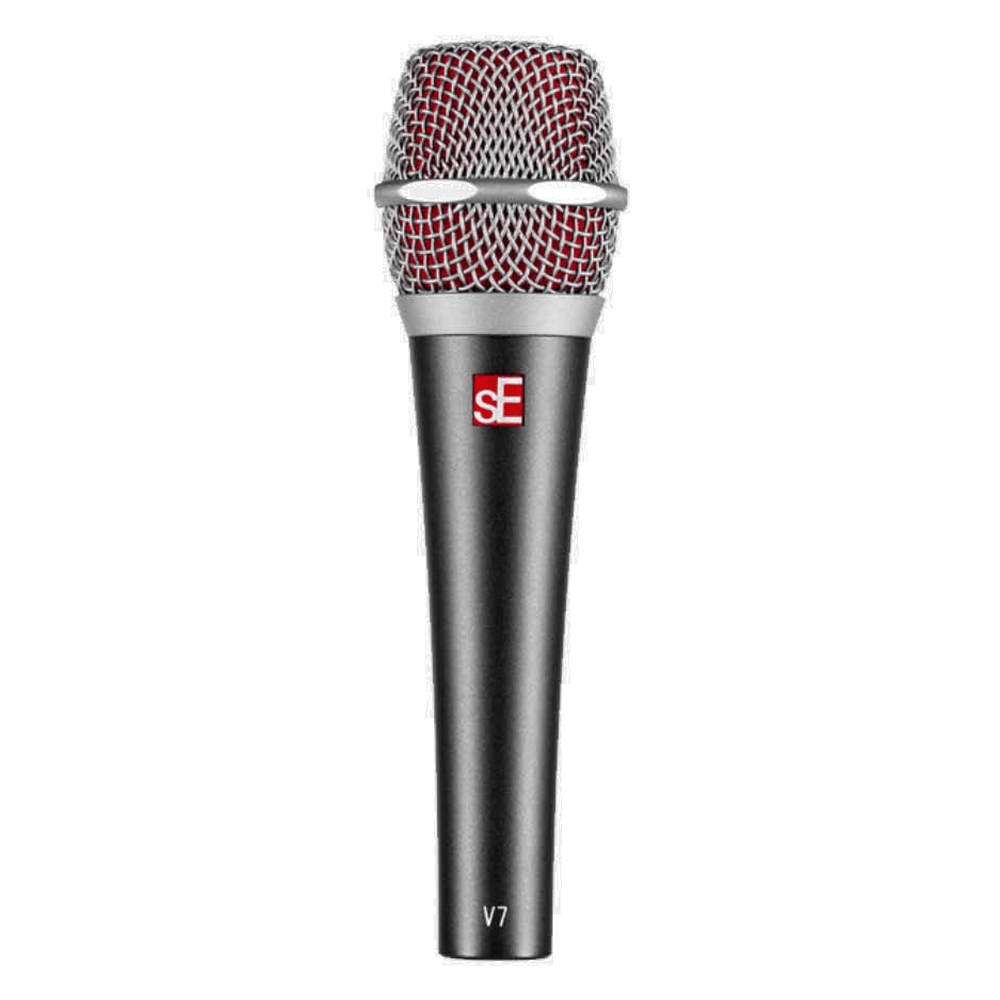Filters
Filter by tag
Sort by Featured
-
sE Electronics V7 MC1 Black -
Rode Lavalier II Black -
Rode M2 microfoon -
Rode M1-Switch -
Rode Lavalier Go White -
Rode M3 condensator microfoon -
Rode M5 Compact 1/2'' cardoid condensator microfoon - Matched pair -
Shure SM58 Zang microfoon -
SE-Electronics V7-CHROME Dynamische Microfoon -
Shure Beta 58A Zangmicrofoon -
AKG D5 Microfoon -
Rode M1 zang microfoon -
Rode SmartLAV+ lavelier microfoon -
Shure PGA58 Dynamische microfoon -
Shure 520DX Microfoon voor mondharmonica -
Shure Beta 98H/C -
Shure Beta 87A Zangmicrofoon -
Rode Lavalier Go Black -
Shure Beta 57A Instrument microfoon -
Shure Beta 91A microfoon -
Shure Beta 52A basdrum microfoon -
SE-Electronics V7 Dynamische Microfoon
Vocals & Instrument MicrophonesMicrophones come in all shapes and sizes. You use a different type of microphone for vocals than for a wind instrument. In fact, the preference for a microphone can still vary per person. But how exactly does it work and what should you pay attention to if you want to buy one? For example, do you opt for a dynamic microphone or a condenser microphone? First determine what you want to use the microphone for. Is it used for singing? To present? Or do you amplify instruments with it? Not sure what is the best choice for you? Then contact us and ask for our professional advice. Or come to our store in Noordwijk and we will be happy to help you.Read more... |
|
How does a microphone work
To know how a microphone works, it is useful to know how sound works. Scientifically speaking, sound is nothing more than vibrations that move in the air. The frequency of that vibration determines the pitch of the tone. In normal human language this is how many vibrations you have in a certain time. This is often measured in Hz. This is the number of vibrations (sound waves) you have in one second. If you want to amplify those vibrations, you will have to absorb them first. This is done with a membrane. That is to say, a small gauze-like fleece. This takes over the vibration and sends it back to a mixing console or amplifier.
What should you pay attention to when you go to buy a microphone
If you are going to buy a microphone yourself, there are several points of attention. Starting with: “what am I going to use it for?”. Different uses require different microphones. One is perfect for that vocals. The other is very good for wind instruments, for example. If you play as an amateur or semi-professional musician. Then it won't matter much to you which microphone you have in front of your trumpet, for example. When you play at a higher level, you will have to look at this differently. A microphone can be very decisive for your sound. So you have to look for the microphone that suits you perfectly. In the larger halls you can be sure that the sound team knows what an instrument needs. It is therefore important for yourself to know what your sound is and what specifications a microphone has. In other words, the character of this type suits my voice or instrument.
The "character" of a microphone
Many musicians and soundmen often talk about the character of a microphone. Some call it a bit neater, the characteristics of a microphone. But this is the same. Its character is comparable to the character of a human. A character is someone's trait or several traits that characterize a person. That is how microphones have a character. One is known for its clarity. Others are known for being much better with low tones. And you can go on like this for a while. The character is determined by the way in which the sound “distorted” comes through the microphone.
 |
 |
 |
What are the best known types of microphones
The best known microphones are the dynamic microphones. Practically every live vocal microphone is one of these. A big advantage of this is that it is very robust and sturdy. In many cases, however, a condenser microphone would be better for the situation. It is only difficult because they are a bit more vulnerable. The capacitor comes directly in second place when we look at familiarity. The large diaphragm condenser can be found in every studio / home studio. The advantage of a capacitor is that the sound is much clearer.
Common terms:
- Capacitor: A capacitor is literally translated as something that compresses. It is an electronic part where you can store an electronic charge.
- Omnidirectional: This means that you have a kind of 3D experience. It is for the back to the side but also above and below you.
- Prayer direction: The front and the back are equal.
- Unidirectional: This is one direction.

